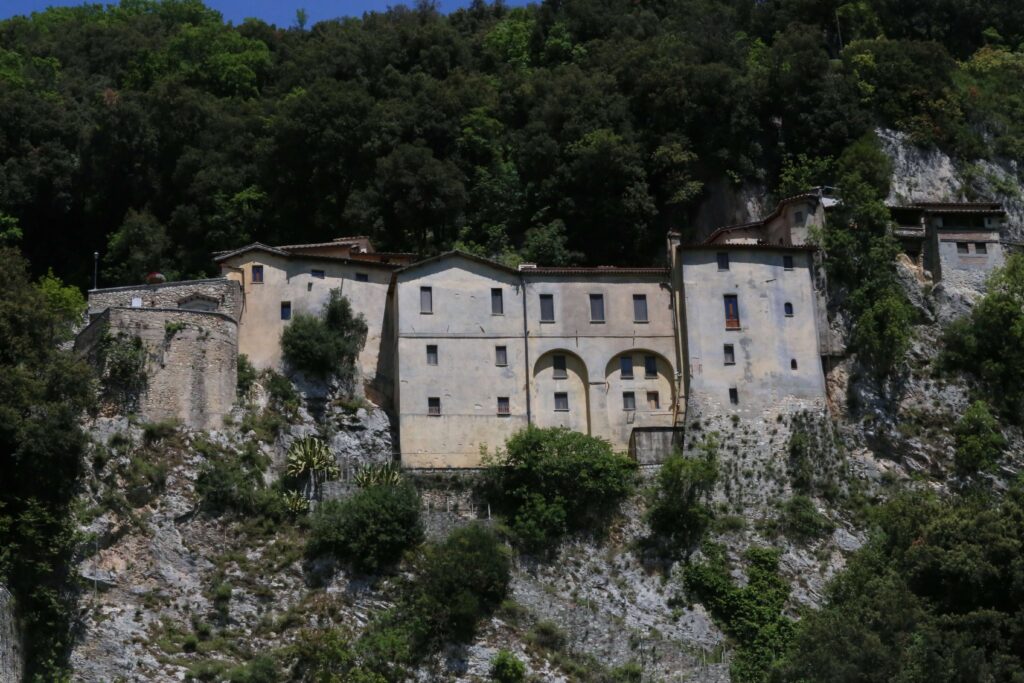In Greccio, a picturesque village among majestic rocks at 700 meters above sea level in the province of Rieti, in 1223 St. Francis of Assisi created the first living nativity scene in history. Through the streets of Greccio, the saint, lulled by the beauty of the place, wanted to celebrate Christmas Eve in those places, allowing all the inhabitants of the village to share this extraordinary experience.
The Enchantment of the Living Nativity Scene in Greccio: A Centuries-Old Tradition
On the evening of December 24, 1223, that desire was realized in the first living nativity scene, made with meticulous care. During the Mass celebrated by St. Francis, a baby appeared in the manger, an exceptional event that transformed the night into a magical moment.
800 years later, the living nativity scene in Greccio continues to bring that event to life, conveying spiritual intensity and emotion. The unique atmosphere of the village, with its alleys and ancient stones, recreates the magic of that timeless moment.
From 1223 to the Present: Vivid Emotions in the Heart of Greccio
The living nativity scene, at the center of the celebration, is a meticulous and authentic representation. From the costumes to the dialogues, everything is taken care of down to the smallest detail, immersing visitors in the enchantment of the original event. The inhabitants of the village play the key roles, transporting those present into the mystical aura of the Middle Ages
The dialogues, extracted from the texts of St. Francis’ biographer Tommaso Celano, come to life in the six living paintings scattered around the village, offering a unique perspective on the life of the saint and the birth of Jesus. The living nativity scene of Greccio is more than an event, it is an opportunity to relive history, immerse yourself in traditions and savor the authenticity of a village that jealously preserves its roots. The feast expresses the vision of St. Francis, carrying on the desire to share the magic of Christmas night with anyone who approaches Greccio, where history and spirituality intertwine in a fascinating embrace.
